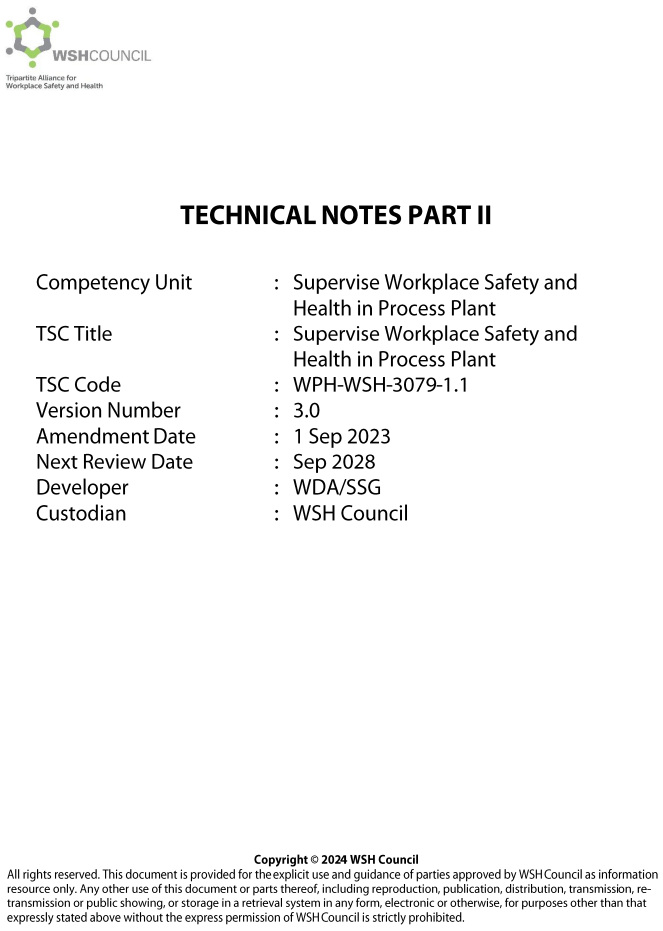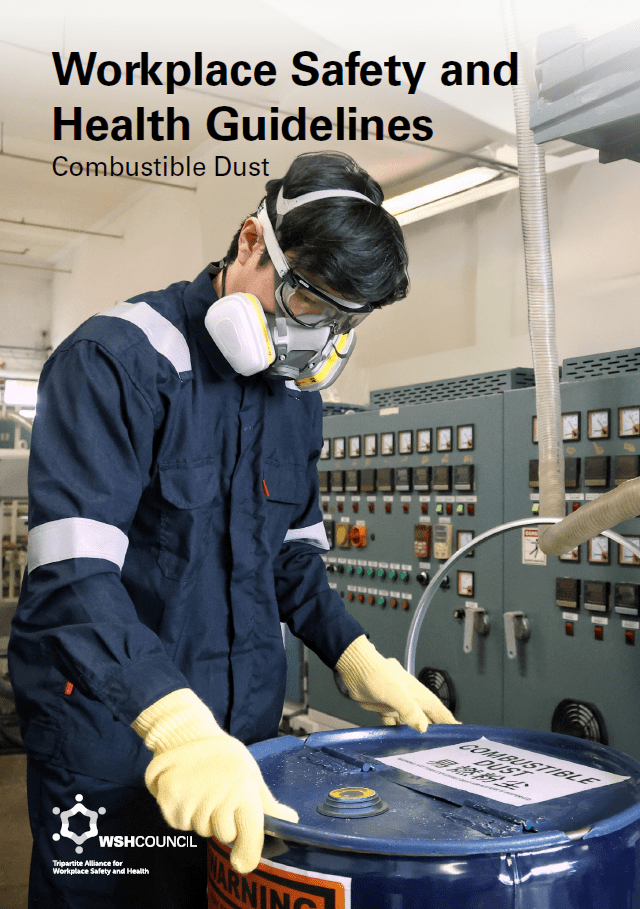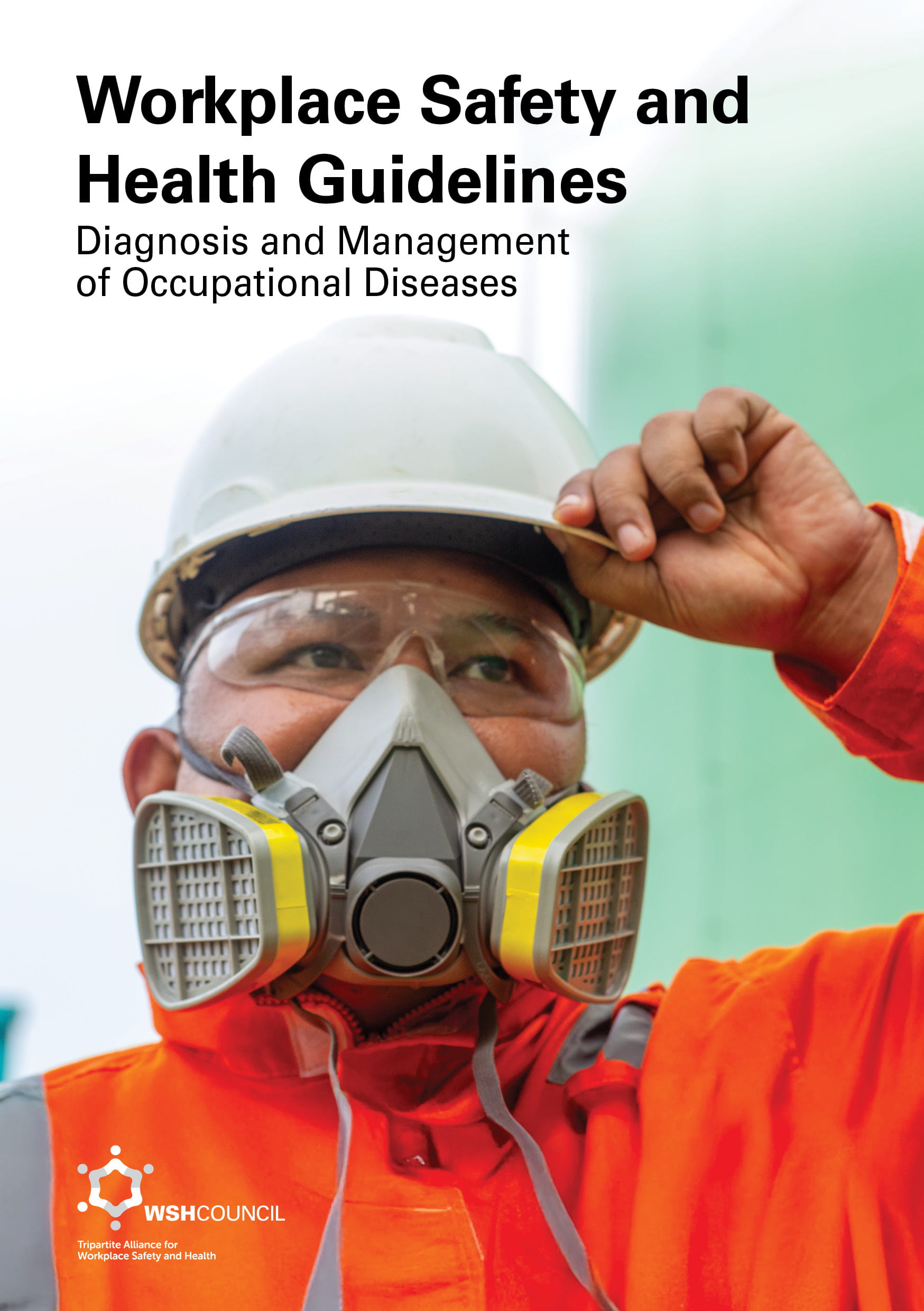About Chemicals
Learn the definition for hazardous chemicals. And find out about related laws, industry standards and key statistics.
Definition: Hazardous Chemicals
Chemicals are used extensively in workplaces. Many products such as paint, plastics, adhesives, detergent and pharmaceuticals are produced from chemicals and can be hazardous.
Hazardous chemicals in the workplace can be grouped into three broad hazard categories: physical, health and environmental. The table below lists the types of hazardous chemicals associated with each hazard category.
|
Hazard category |
Types of hazardous chemicals (non-exhaustive) |
|
Physical |
|
|
Health |
|
|
Environmental |
|
Laws and Industry Standards
As an employer, you are expected to comply with Singapore's WSH laws. You should pay particular attention to:
- WSH (Risk Management) Regulations
- WSH (Medical Examinations) Regulations
- WSH (Incident Reporting) Regulations
You should also observe relevant industry standards, such as:
- Code of Practice on WSH Risk Management (PDF);
- SS 586-1: Specification for hazard communication for hazardous chemicals and dangerous goods - Transport and storage of dangerous goods;
- SS 586-2: Specification for hazard communication for hazardous chemicals and dangerous goods - Globally harmonised system of classification and labelling of chemicals - Singapore's adaptations; and
- SS 586-3: Specification for hazard communication for hazardous chemicals and dangerous goods - Preparation of safety data sheets (SDS).
Please refer to the WSH (Approved Codes of Practice) Notification for the full list of approved Codes of Practice.
Statistics
- More than 30% of chemical exposure incidents are from the manufacturing industry.
- Chemical exposure results in occupational skin diseases in most cases.
- The most common means of chemical exposure are inhalation and absorption.
Refer to Workplace Safety and Health Reports for the latest WSH National Statistics Report.






